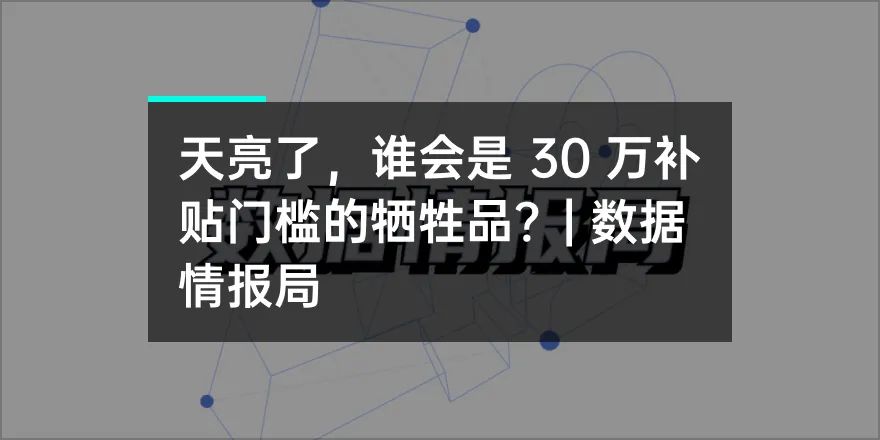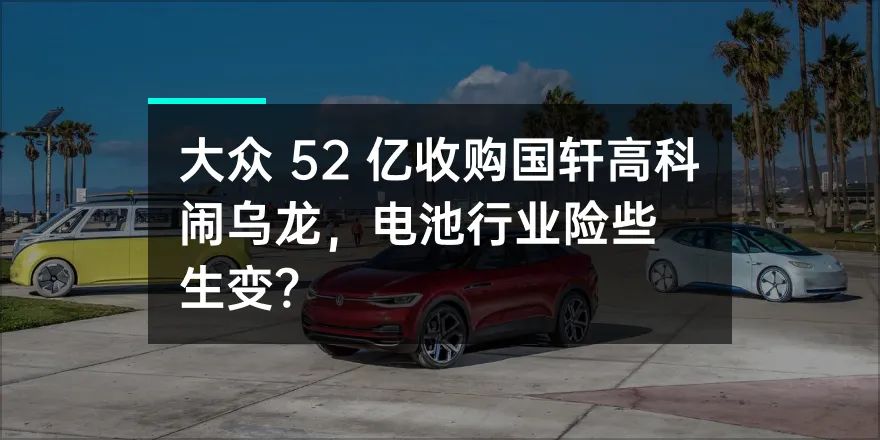Weekly Index
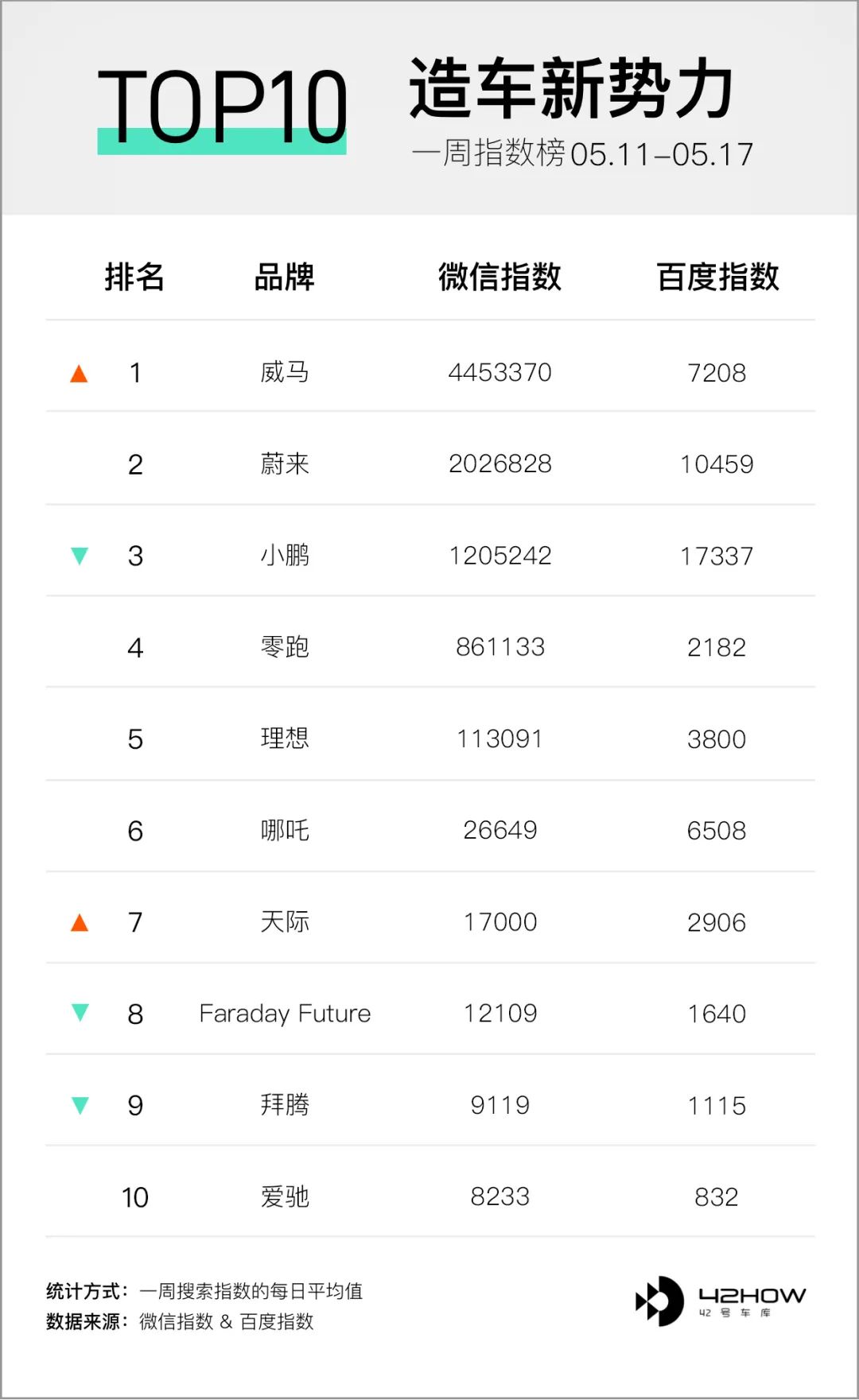
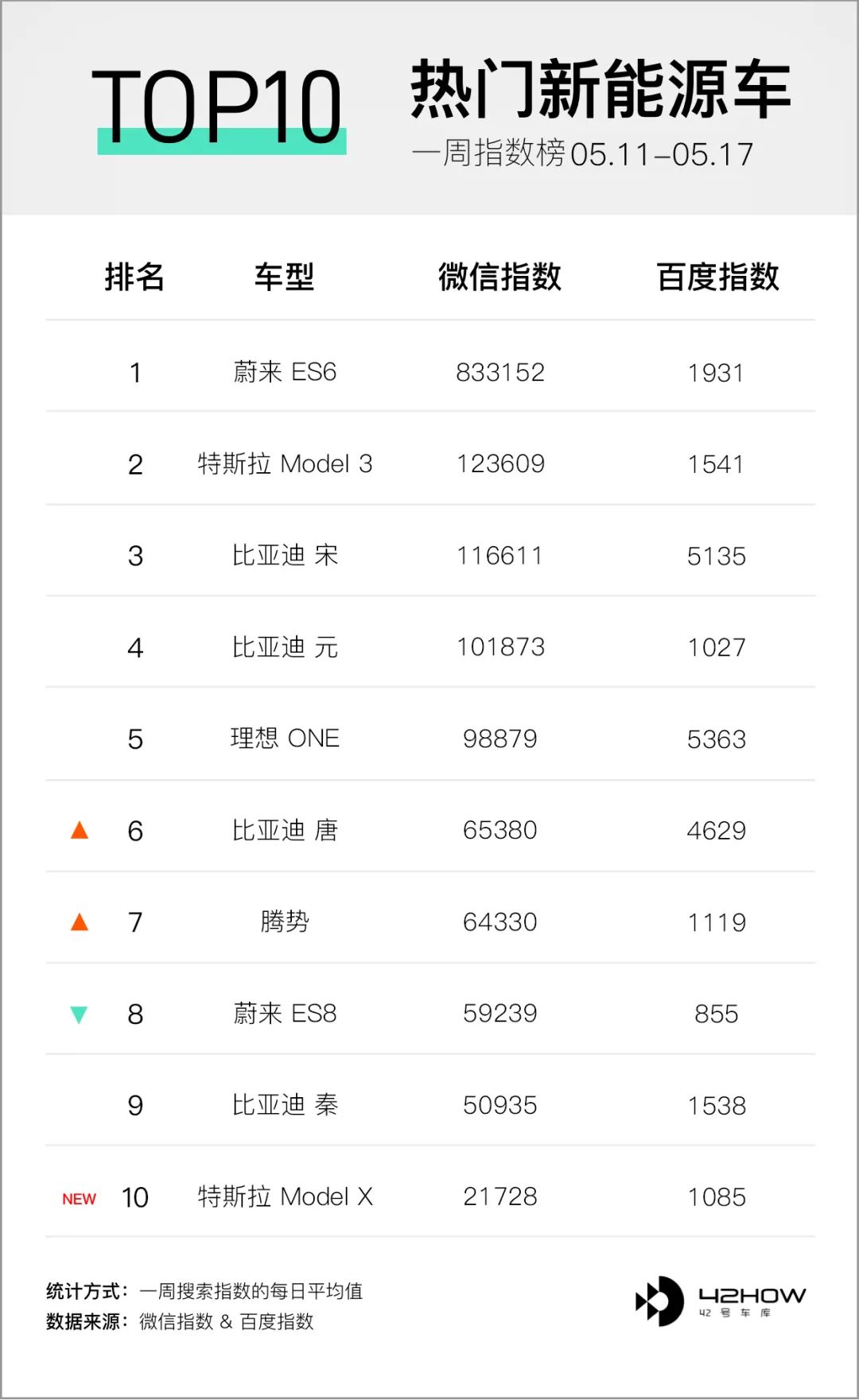
Weekly News
Domestic Tesla Model 3 to Lower Prices Again?
On May 14th, according to Bloomberg News, Tesla will soon adjust the price of the long-range version of the domestically produced Model 3 in China. The current price after subsidies is RMB 344,050.
Afterwards, Tesla released a statement: “The first batch of domestically produced Tesla Model 3 long-range rear-wheel drive versions have been officially produced ahead of schedule and will be officially delivered soon. After the subsidy transition period ends on July 22nd, the price of the domestically produced Model 3 long-range rear-wheel drive version will remain at RMB 344,050.“
Quick Comment:
Regarding the price reduction of the domestically produced long-range Model 3, Tesla’s official reply indicates that after the subsidy transition period ends on July 22nd, consumers will have to purchase it at a price of RMB 366,550 because they will no longer be eligible for subsidies. To address this, Tesla’s response is to lower the price by RMB 22,500 after July 22nd to cover the difference brought by the subsidy refund, allowing consumers to still buy the car for RMB 344,050.
For consumers, this was originally good news, but from the comments section, there seems to be a feeling of “mixed blessings.” This is mainly because Tesla’s official statement gave consumers the impression that Tesla is constantly reducing prices and that the prices are unstable. It would have been better to say directly, “Tesla will bear the costs of the subsidy refund, and the final price to the consumer will remain the same.“
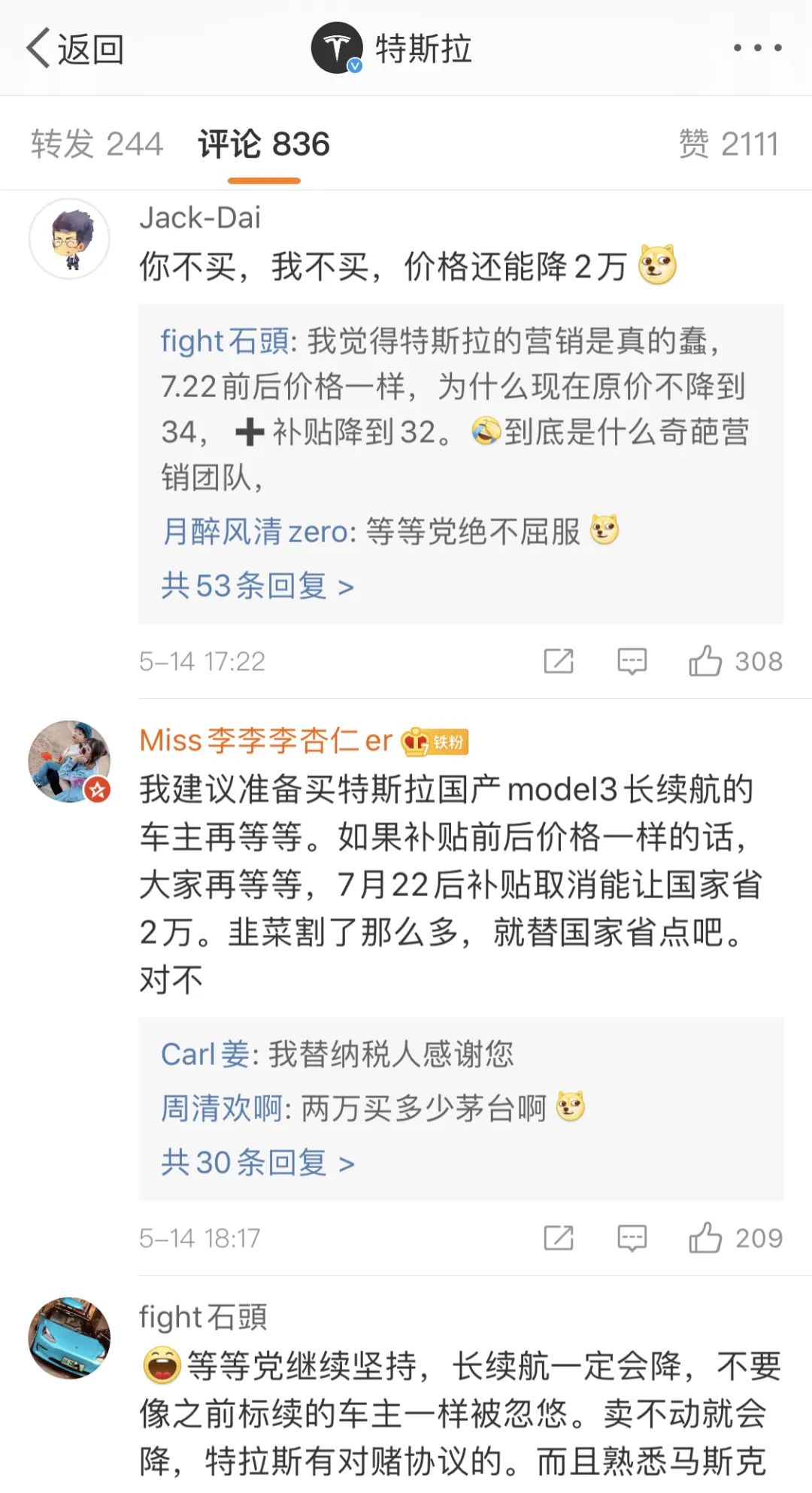
In addition, there was another major news last week, that the Model 3 equipped with CATL’s phosphate iron battery appeared in the latest batch of records submitted to the Ministry of Industry and Information Technology (MIIT). According to previous reports, the phosphate iron battery will only be used for the production of the standard range upgrade version.No information has been released regarding the battery capacity and range of the upgraded long-range version of the Model 3 featuring lithium iron phosphate batteries. Therefore, we will analyze and provide information on whether the standard long-range version will be reduced in price and how much once more information is revealed.
 (Image from: Wei Dian New Energy Vehicle Community)
(Image from: Wei Dian New Energy Vehicle Community)
NIO’s 40 minutes of sales revenue reached CNY 128 million
On May 17th, NIO’s founder, William Bin Li, and celebrity influencer, Han Han, collaborated on a live-stream event via Alibaba’s Taobao platform to sell the company’s ES6 SUV. During the 40-minute live-stream, 5,288 test drive reservations and 320 sales orders were generated, equating to a sales revenue of approximately CNY 128 million.
Review:
Considering the ES6’s price had no discount, the results of this live broadcasting event were quite impressive. However, according to the understanding, the high return rate is one of the results of live streaming e-commerce. Netizens inquiring in NIO’s alternative sales channels and Alibaba customer service learned that the deposit for orders generated from this event is refundable. Therefore, it is unknown how many of the 320 orders will ultimately proceed. Nevertheless, this attempt was considered successful, at least bringing significant attention and exposure to the NIO brand.
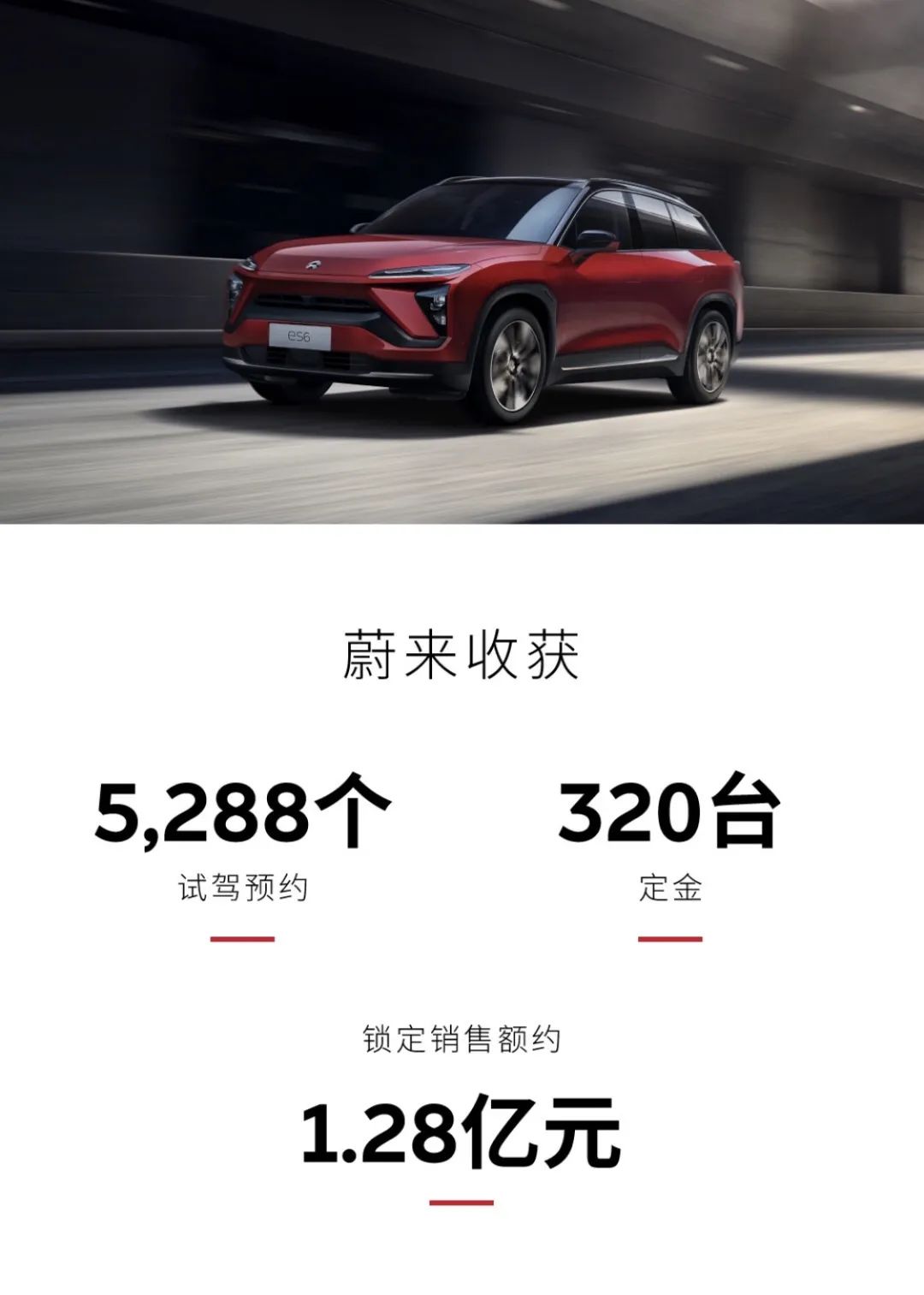
In fact, NIO is not the only automaker trying to explore the online market. At the beginning of the year, due to the impact of the epidemic situation, many car manufacturers, including BMW and Audi, chose to release new cars online. Tesla also chose to engage with Li Jiaqi to promote their “test drive experience vouchers,” and Li Xiang and Hu Ge, the founders of Li Auto, conducted a live-streamed event. Even XPeng P7’s launch event was a 24-hour non-stop live streaming event.
It must be said that it is difficult to sell high-value goods through live broadcasting e-commerce. NIO’s attempt to sell cars through live streaming was a new initiative, and it has set an example for other automakers in the future.
Tesla’s sales in China decreased in April
According to the joint data of China Passenger Car Association, in April 2020, Tesla Model 3 sold 3,635 units in China, while NIO ES6 sold 2,907 units and Li Xiang ONE sold 2,622 units. Compared with March, NIO ES6 and Li Xiang ONE increased steadily while Model 3 surprisingly experienced a significant decline in sales.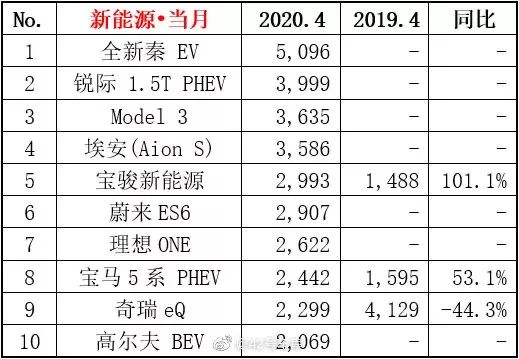
Another set of data shows that the insurance coverage for Tesla Model 3 was 4312 in April and 11927 in March, with a MoM decrease of 63.8%. The insurance coverage for NIO ES6 was 2886 in April and 1504 in March, with a MoM increase of 91.8%. The insurance coverage for Li ONE was 2793 in April and 1475 in March, with a MoM increase of 89.3%.
Quick Comment:
The insurance coverage for Tesla surpassed 10,000 units in March. According to 42 Cars, there were around 15,000 orders in April, but the delivery volume was low, and we will continue to observe this performance data. Compared with this, the sales numbers for April are somewhat disappointing, and we have considered several reasons:
First, March was the end of the quarter. In order to increase sales for the quarter, Tesla grabbed some cars that were originally scheduled to be delivered in early April and delivered them at the end of March, resulting in exceptionally good results for March.
Second, it is important to note that in April, the long-range rear-wheel-drive version was officially released. Many owners who ordered the standard range upgraded version changed their orders to the long-range rear-wheel-drive version, and the delivery and insurance coverage data for the long-range rear-wheel-drive version will have to wait for the data from May or even June.
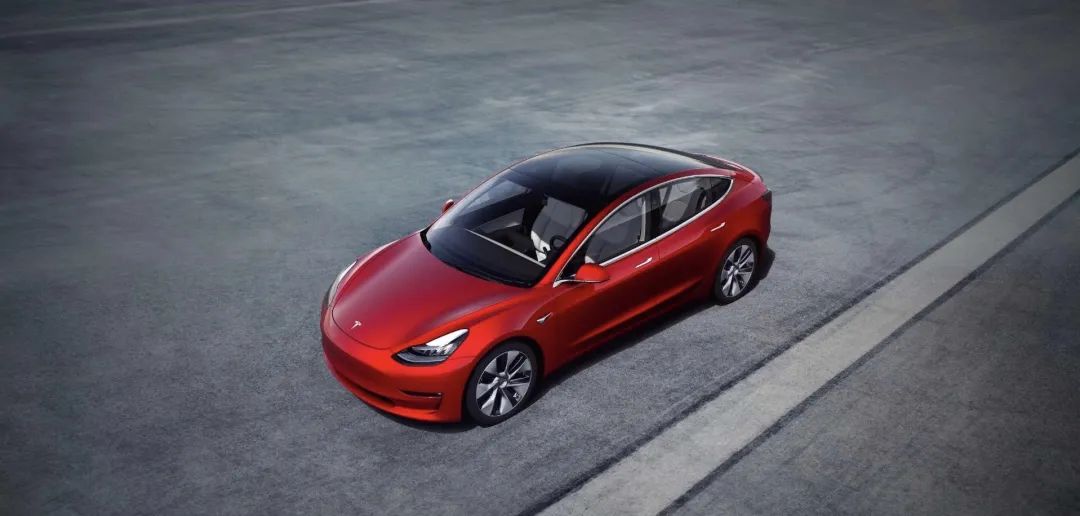
Third, a new subsidy policy was introduced in April. In response, Tesla decided to reduce the price of the standard range upgraded version on May 1, and deliveries in April were temporarily suspended. Now that the price has been reduced, we will wait and see what the sales volume will be in May, and there is no need to worry about the sales volume in June as the delivery of the long-range model is also expected.
Domestic Audi e-tron to be launched this year
On May 17th, the real exterior pictures of the domestic Audi e-tron were exposed and the new car is expected to be launched this year. From the pictures, we can see that the rear of the new car has the words “FAW Audi” and “50 Quattro”. According to the imported e-tron 50 Quattro model, the battery capacity is 71 kWh, WLTP range is 298 km, peak power output of the dual motors is 230 kW, acceleration from 0 to 100 km/h takes 7 seconds, and it supports 120 kW fast charging.
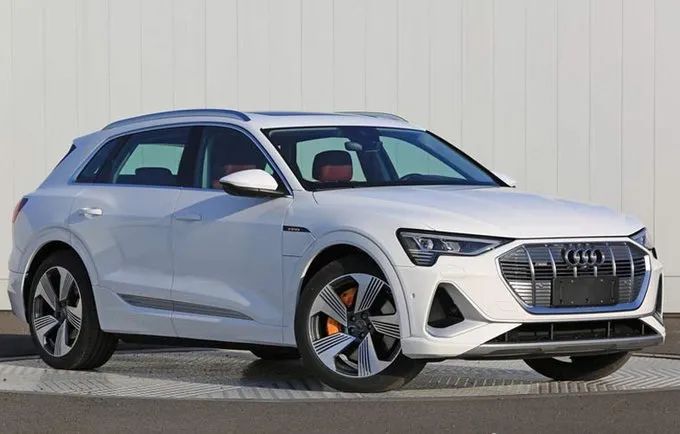 The imported e-tron 55 Quatrro model has a battery capacity of 95 kWh, WLTP range of 400 km (NEDC range of 470 km), peak output power of 300 kW from dual motors, acceleration of 5.7 seconds per hundred kilometers, and supports 150 kW fast charging. As for the price, there were three imported versions with prices of 692,800 yuan, 760,800 yuan, and 800,800 yuan respectively.
The imported e-tron 55 Quatrro model has a battery capacity of 95 kWh, WLTP range of 400 km (NEDC range of 470 km), peak output power of 300 kW from dual motors, acceleration of 5.7 seconds per hundred kilometers, and supports 150 kW fast charging. As for the price, there were three imported versions with prices of 692,800 yuan, 760,800 yuan, and 800,800 yuan respectively.
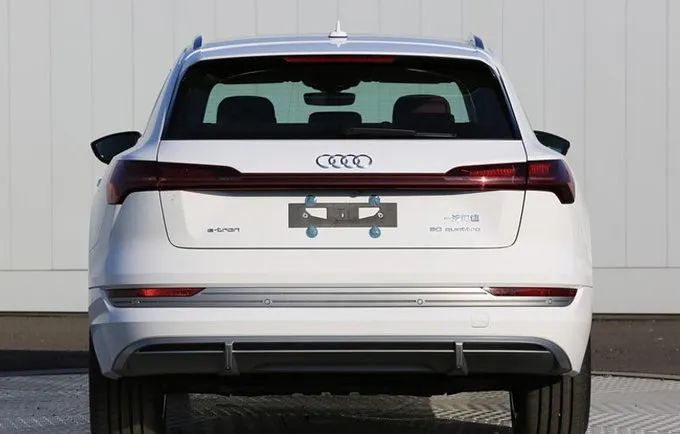
Quick Review:
According to data from car insurance, the total number of insured imported e-trons in the first three months was only 282, indicating that the product power of e-tron is difficult to support the current high price.
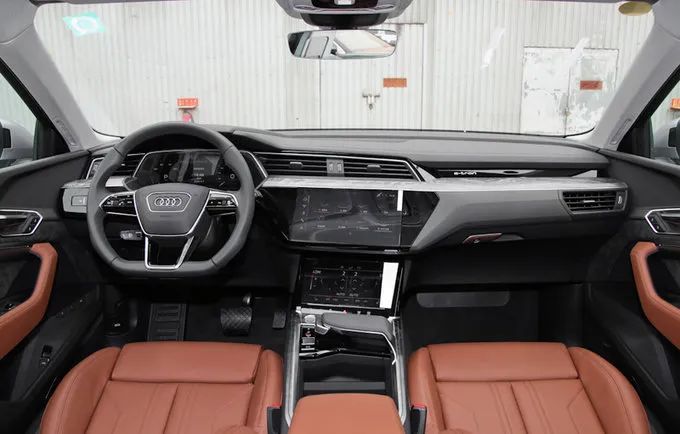
After it is domestically introduced, prices will definitely greatly decline. There have been rumors that the domestic e-tron may have weakened power, but the range should be maintained around 470 km. Of course, the final sales volume will depend on the pricing.
LINGP Sport’s T03 Officially Launched
On May 11, LINGP Sport’s T03 was officially launched, with a total of three configurations, priced at 65,800 yuan, 71,800 yuan, and 75,800 yuan respectively. The T03 is positioned as an A0-class car, equipped with a 36.5 kWh battery with a NEDC range of 403 km, the longest in its class. The maximum output power of the motor is 55 kW, and the maximum output torque is 155 N · m.
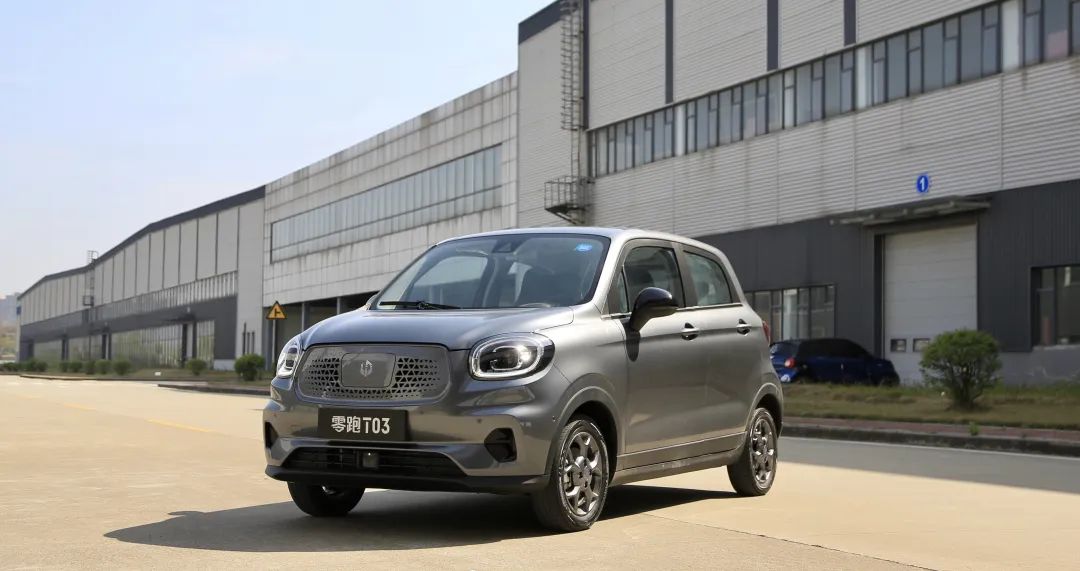
The top model comes standard with L2 assisted driving, and is the only model in its class with L2 assisted driving. The whole set of assisted driving, from chips to software, is self-developed by LINGP Sport. The T03 is equipped with one front camera, one front millimeter wave radar, and 11 ultrasonic radars. However, the software is currently not yet open, and is expected to be opened via OTA push in September this year.
Quick Review:This year, the market for A0-level electric cars has suddenly become lively. Competing models such as the Baojun E300 are about to be launched. Among them, the Zhi Dou T03 is the only model at this level that is equipped with L2 level autonomous driving functions, and it is understood that both the hardware and software are self-developed by Zhi Dou, so it will not be restricted by suppliers, and prices will have certain advantages. However, the final cost is also directly related to scale.
From the perspective of Zhi Dou T03’s selling price, it is 4,000 yuan cheaper than direct competitor Ora R1. In terms of configuration and cruising range, the Zhi Dou T03 also has more advantages. However, Ora R1’s terminal selling price has also been discounted. This market competition is becoming more and more intense, and consumers have more choices. We look forward to their market performance.
Written and edited by Changhao Lewis.
These are also worth reading:

This article is a translation by ChatGPT of a Chinese report from 42HOW. If you have any questions about it, please email bd@42how.com.

